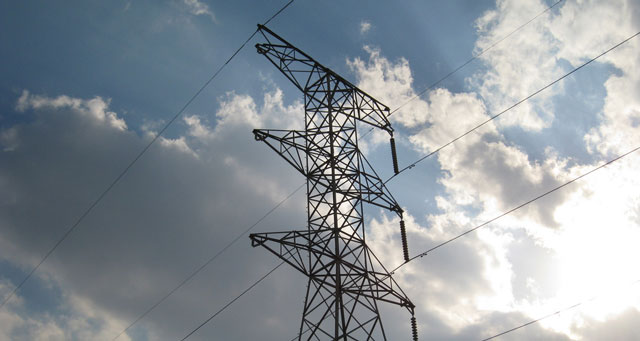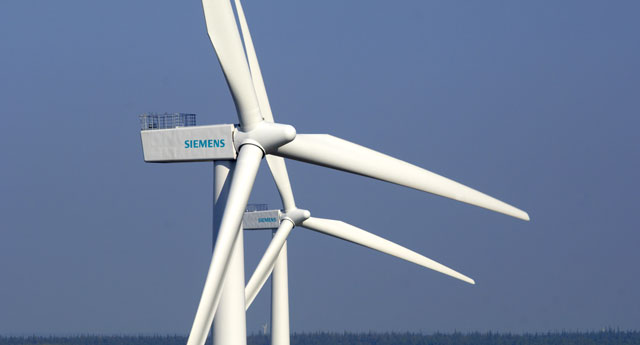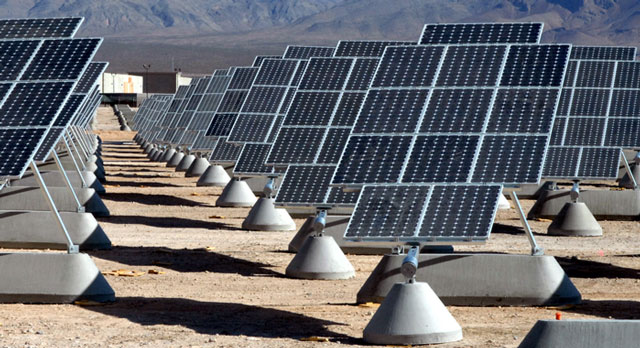
South Africa has made domestic and international commitments to climate change mitigation. But the country continues to depend on coal-fired power plants, which provide 92% of its electricity. A key challenge for the country in dealing with electricity shortages is that the bulk of power comes from coal, which is harmful for the environment and local communities.
The electricity sector is responsible for almost half of South Africa’s carbon emissions. As discussed in our recent report, it will be difficult to overcome the important contribution that coal makes to the electricity sector and the economy.
Decarbonisation in the electricity sector cannot be achieved without reducing the absolute contribution of coal-fired power. This can be achieved by introducing a range of low-carbon energy options. These include wind, solar photovoltaics and concentrated solar power, in addition to rapidly developing technologies for energy storage. Demand-side measurement and energy efficiency could also play a key role. All these measures and interventions offer significant potential.
But moving away from coal is proving difficult.
Political tensions
The reasons for South Africa’s electricity crisis are long-term and complex. They include a severe backlog in maintenance of its plants and delays in the construction of new power plants. This poses several opportunities and challenges.
The opportunities it presents include increasing the contribution of renewable energy to the national power supply. But can renewable energy compete with existing coal-fired power and a potential nuclear fleet? And can renewable energy be implemented in a way that prioritises socioeconomic well-being and transparent and democratic policy processes? In other words, will the country’s moves towards a lower-carbon economy incorporate a “just transition”?
Among the challenges is the fact that South Africa’s electricity crisis is compounded by a lack of transparency in decision making and political power struggles. For example, there are long-standing tensions within the ruling party and the tripartite alliance made up of the ANC, trade union federation Cosatu and the South African Communist Party. These tensions can be found in the ideologically driven disagreement between those who want a liberalised electricity market and those who want the government to hold onto the crisis-ridden, state-owned utility, Eskom.

In addition, recent steps toward transparent and democratic energy planning and policies have been undermined. For example, the latest revision of the Integrated Resource Plan for electricity has been put on ice.
The electricity master plan was launched in 2011 following a prolonged and intense stakeholder engagement process. It covers the country’s total demand requirements from 2010 to 2030.
According to the plan, an electricity project must align with the technological allocations set by the country’s electricity plan to be granted a license. The plan includes:
- A cap on CO2 emissions;
- Plans to include 17GW of renewable energy that will deliver 9% of supply by 2030;
- 9,6GW from a nuclear fleet.
Coal, nevertheless, dominates the electricity generation mix.
The nuclear complication
In 2013, a revised Integrated Resource Plan was put out for public comment. This was in keeping with the expectation that the original would be updated on a biennial basis. It proposed lower electricity demand because of a decline in economic growth, higher prices and increased energy efficiency. The revised plan also stated that commitments to long-range, large-scale investment decisions should be avoided. Notably the revised demand projections suggested that:
No new nuclear baseload capacity would be required until after 2025 and, for lower demand, not until at earliest 2035.
The revised plan is unlikely to be approved because it seriously challenges the case for the proposed 9,6GW nuclear power programme.

The cost of the programme has yet to be determined and it is still unclear if it will be affordable. This programme, which is being pushed by the presidency, is tied up in broader political wrangling. Serious questions over affordability have been linked to the firing of the finance minister Nhlanhla Nene in December 2015 who opposed the programme on the grounds of cost.
If the nuclear programme is approved, it will shape the country’s electricity mix, infrastructure and related tariffs for years to come. While it may reduce carbon emissions in the long term, this will come at a greater cost than other options.
The role of renewables
South Africa has made a significant move toward decarbonisation through a renewable energy procurement programme. Launched in 2011, the programme followed the inclusion of a carbon constraint in the country’s Integrated Resource Plan for electricity. Since then, there has been significant growth in the renewable sector backed by South Africa’s banks and private investors.
The country’s renewable energy programme is internationally celebrated as a success for the procurement of renewable energy from independent power producers. In addition, the costs of these renewable energy technologies have decreased dramatically in the past four years. Utility-scale wind and solar photovoltaics are now cost competitive with Eskom’s new-build coal.
Grid-tied, roof-top solar photovoltaics are also rapidly emerging, despite the continued absence of an appropriate regulatory framework. These are being installed by wealthy households and businesses who are trying to buy independence from an increasingly unreliable grid and rising electricity tariffs.
Some large industrial players are also trying to connect their own generation plants to the grid through wheeling agreements. These involve independent power producers selling electricity to a third party via Eskom’s grid.
These agreements suddenly seem more attractive in light of the supply-side crisis and the uncertainty of Eskom’s ability to meet the electricity demand. But they have been stymied because rules around their cost have not been established.
The final piece of the puzzle is to ensure that all decarbonisation efforts and energy supply reach low-income consumers. If the country’s tariffs continue to increase it will become even more difficult for the lower income bracket to have access to modern energy services.![]()
- Lucy Baker is research fellow, international relations, The Sussex Energy Group, Centre for Global Political Economy, University of Sussex; Jesse Burton is PhD candidate in energy and industrial policy, economic history, domestic and international coal markets, the mining and minerals sectors, and state-business relations in South Africa, University of Cape Town
- This article was originally published on The Conversation




